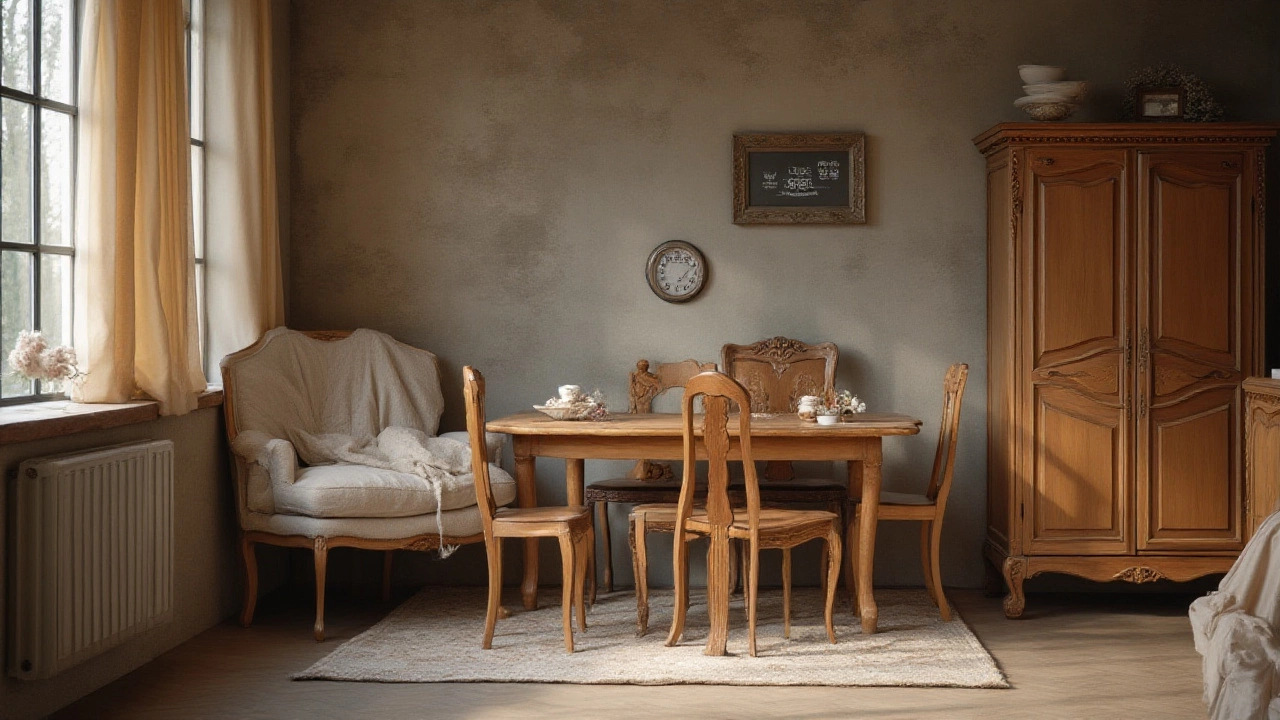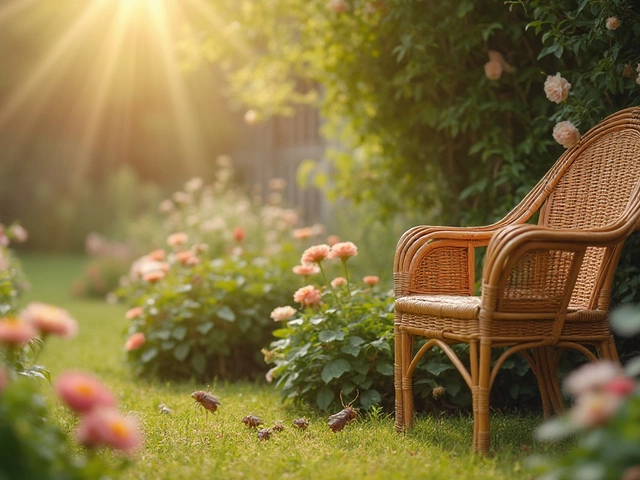Prevent Wood Damage: Practical Tips for Lasting Furniture
Wood furniture adds warmth, but it can suffer from moisture, heat, and everyday wear. The good news is you don’t need a workshop to keep it safe – just a few smart habits. Below are the most effective steps you can start using today.
Control Moisture & Temperature
The biggest enemy of wood is fluctuating humidity. When the air is too damp, wood swells; when it’s too dry, it shrinks and cracks. Aim for a steady indoor humidity level of 40‑55 % using a dehumidifier in damp seasons and a humidifier when the air gets bone‑dry.
Rough drafts or direct sunlight can also cause damage. Keep windows covered with light curtains and avoid placing tables near heating vents or air‑conditioners. If you must put a piece in a sunny spot, use a UV‑blocking film or a decorative screen.
Never store wood furniture in an unheated garage or basement without protection. If you have to, wrap the item in breathable furniture covers and place a moisture‑absorbing silica pack nearby.
Finish, Cleaning, and Daily Care
Regularly dust with a soft, lint‑free cloth. Avoid harsh chemicals – a mix of mild dish soap and warm water works for most finishes. Wipe the surface gently, then dry immediately to prevent water spots.
Apply a protective finish every 1‑2 years. Natural oils, waxes, or polyurethane create a barrier against spills and UV rays. Follow the product’s instructions: usually a thin coat, let it soak, then buff with a clean cloth.
Use coasters, placemats, and trivets under glasses, hot pots, and plants. A single spill can seep into untreated wood and cause staining or warping.
When moving a piece, lift it – never slide it across the floor. Sliding can scrape the finish and cause dents. Use felt pads or a furniture dolly for heavy items.
Check for insect activity, especially in older pieces. Look for tiny holes or powdery residue. If you see signs, treat the area with a wood‑safe insect spray or call a professional.
Finally, give your wood a quick yearly check‑up. Look for cracks, surface wear, or loose joints. Tighten screws, re‑glue any gaps, and touch up the finish where needed. A little attention now saves big repairs later.
By keeping humidity steady, shielding furniture from extreme heat and light, and maintaining the finish, you’ll enjoy sturdy, beautiful wood for many years. Start with one habit today and watch the difference it makes.



